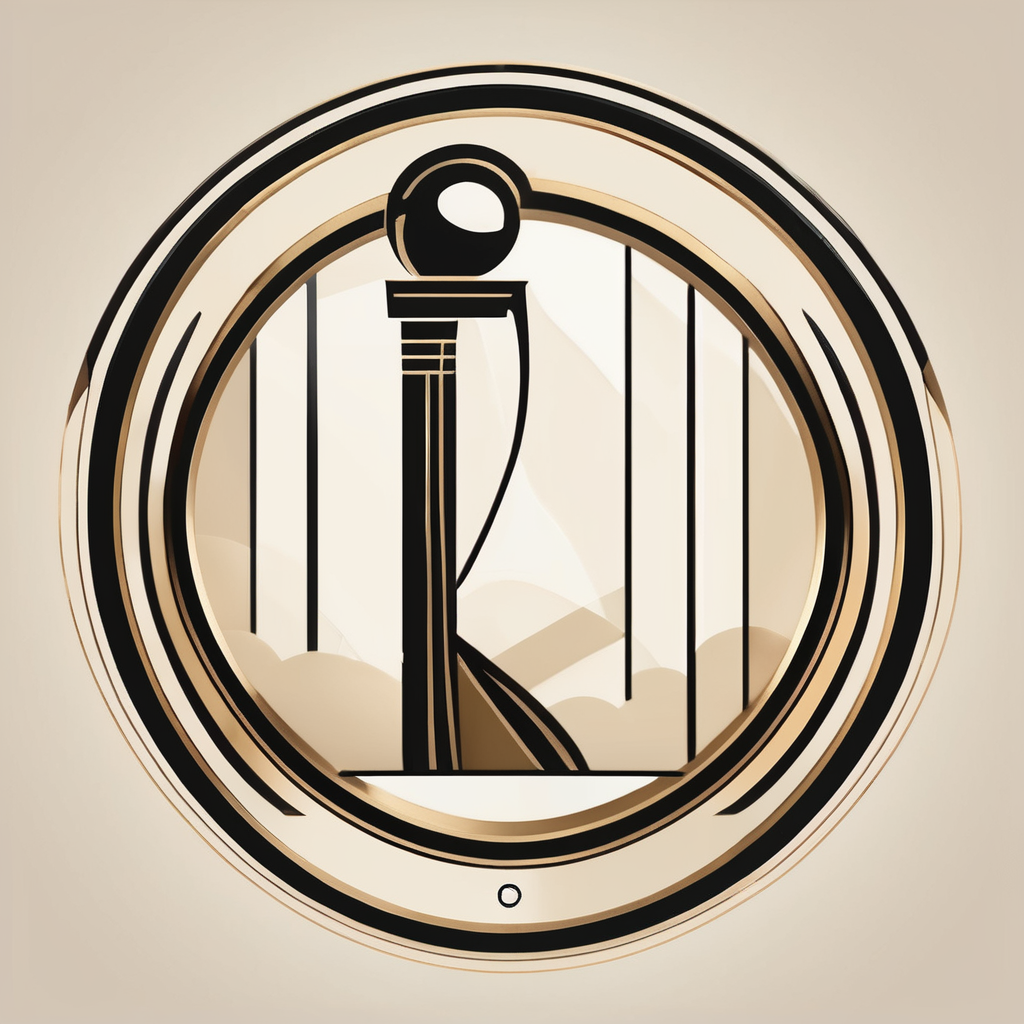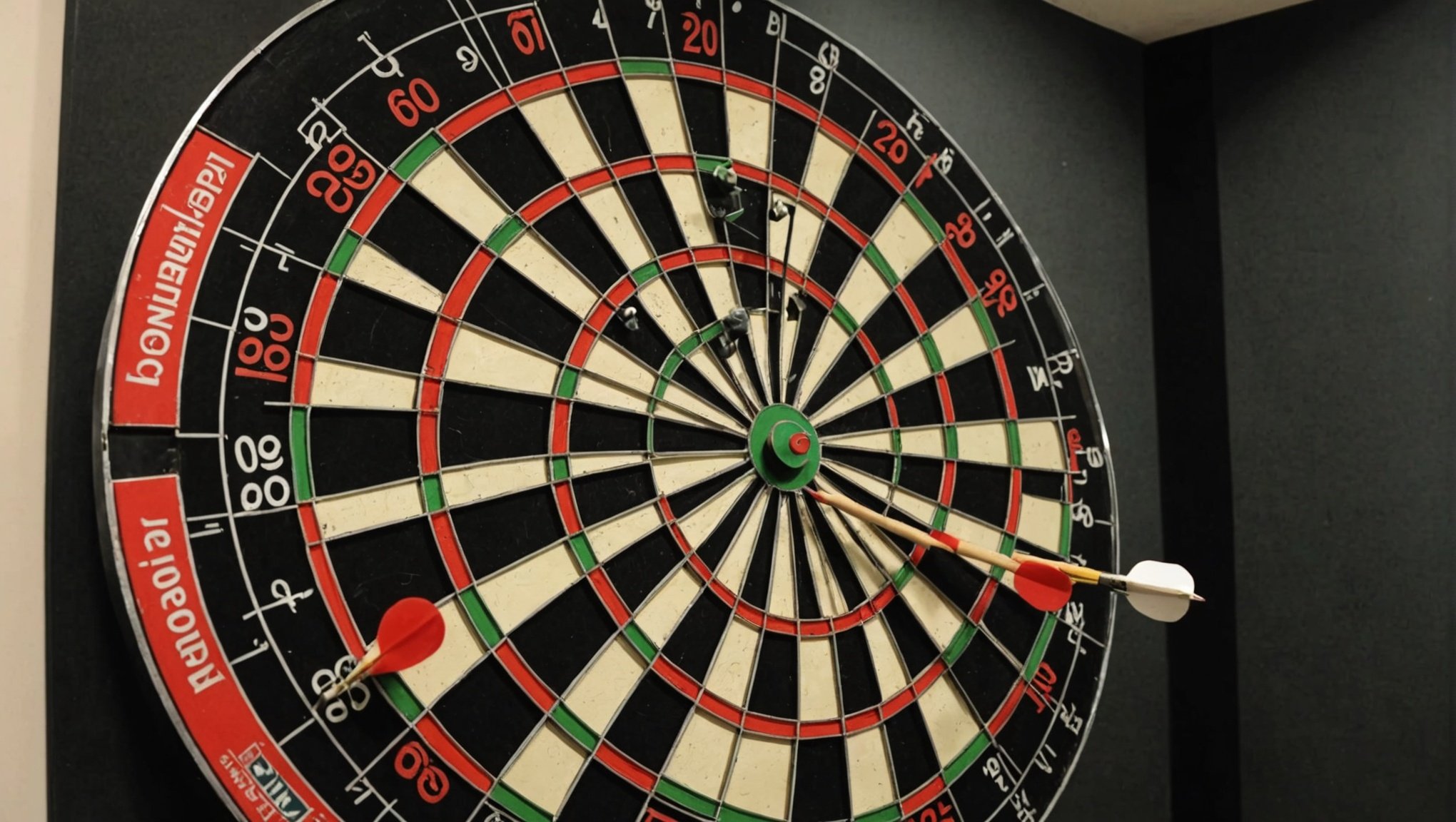Mastering Precision: Enhancing Accuracy in Professional Darts Through Mental Training Techniques
The Mental Game of Darts: Why It Matters
When it comes to professional darts, the difference between a good player and a great one often boils down to more than just physical skill. Mental training and psychological preparation play a crucial role in enhancing accuracy and overall performance. Here, we delve into the world of mental training techniques that can elevate a dart player’s game to the next level.
The Role of Mental Toughness
Mental toughness is a key component of success in any competitive sport, including darts. Regular practice not only improves physical skills but also helps players develop the mental resilience needed to perform under pressure and recover quickly from setbacks[4].
In parallel : Mastering Pre-Competition Calm: Essential Nerve-Management Strategies for Competitive Ice Skaters
“Mental toughness is about being able to perform at your best when it matters most,” says Shaun Greatbatch, a sports psychologist who has worked with several professional dart players. “It’s about managing your nerves, staying focused, and maintaining a positive mindset even in the face of adversity.”
Techniques for Enhancing Mental Skills
Several mental training techniques can be employed to improve a dart player’s accuracy and overall performance.
In parallel : Mastering Windy Shots: Effective Technique Adjustments for Archers to Boost Accuracy
Visualization
Visualization is a powerful tool that involves mentally rehearsing the act of throwing darts. Players can visualize themselves standing at the oche, focusing on the target, and successfully hitting their desired score.
“Visualization helps in building confidence and reinforcing positive behaviors,” explains Greatbatch. “By visualizing success, players can prepare their minds for the actual game, reducing anxiety and improving focus.”
Positive Self-Talk
Positive self-talk is another effective technique. Players can use affirmations to boost their confidence and maintain a positive mindset during the game.
“Positive self-talk can help players stay calm and focused,” says Greatbatch. “It’s about replacing negative thoughts with positive ones, such as ‘I can do this’ or ‘I am in control.’”
Breathing Techniques
Proper breathing techniques can help players manage their nerves and stay calm under pressure. Deep breathing exercises can reduce stress and improve concentration.
“Deep breathing helps slow down your heart rate and clear your mind,” advises Greatbatch. “It’s a simple yet effective way to manage anxiety and stay focused on the game.”
Physical and Mental Practice: A Balanced Approach
While mental training is crucial, it must be balanced with physical practice to achieve optimal results.
Hand-Eye Coordination and Grip
Hand-eye coordination is essential for accuracy in darts. Players can enhance this through specific exercises and drills that improve their hand-eye coordination, such as catching and throwing small objects.
“The grip is also critical,” notes Greatbatch. “A consistent grip helps in developing muscle memory, which is vital for precise and consistent throws.”
Here is a detailed list of tips and techniques to improve hand-eye coordination and grip:
- Catching and Throwing Drills: Practice catching small balls or beanbags to improve hand-eye coordination.
- Grip Consistency: Ensure a consistent grip by practicing with a dart grip aid or by marking the dart where your fingers should be placed.
- Mirror Work: Practice throwing in front of a mirror to observe and correct your throwing technique.
- Slow Motion Throws: Practice throwing in slow motion to focus on the mechanics of the throw.
The Importance of Dominant Eye and Aiming
Understanding and utilizing your dominant eye can significantly improve your aiming and accuracy.
Identifying Your Dominant Eye
To identify your dominant eye, try the following simple test:
- Pointing Test: Point to an object in the distance with both eyes open. Then, close one eye and see if your finger is still pointing at the object. The eye that remains open is your dominant eye.
Aiming Techniques
Once you know your dominant eye, you can adjust your aiming technique accordingly.
Here are some aiming techniques to consider:
- Align Your Dominant Eye: Ensure your dominant eye is aligned with the target when aiming.
- Focus on the Triple 20: For beginners, focusing on the triple 20 can help improve accuracy and build confidence.
- Use the ‘T’ Technique: Imagine a ‘T’ shape with the horizontal line of the ‘T’ being the oche and the vertical line being the center of the target. Align your throwing eye with this ‘T’ shape.
Real-Time Feedback and Analysis
Real-time feedback and analysis can be invaluable in improving performance. Here’s how it can be applied:
Using Technology
Modern technology can provide real-time data on performance metrics such as speed, accuracy, and technique.
“Real-time analytics can help players identify areas for improvement and make data-driven decisions to adjust their technique,” explains Greatbatch. “For example, if a player is consistently missing to the left, real-time data can help them adjust their aim accordingly.”
Table: Comparison of Traditional vs. Real-Time Feedback
| Feedback Method | Traditional | Real-Time |
|---|---|---|
| Data Collection | Post-game analysis | Immediate data collection |
| Adjustments | Made between games | Made during the game |
| Accuracy | Based on memory and observation | Based on real-time data |
| Decision Making | Intuitive decisions | Data-driven decisions |
| Improvement | Slow and incremental | Rapid and precise |
Mental Training in Other Precision Sports
Mental training techniques are not unique to darts; they are also applied in other precision sports like archery.
Archery Shooting
In archery, mental skills such as focus, concentration, and emotional control are crucial for accuracy.
“Archery and darts share many similarities in terms of the mental skills required,” says an archery coach. “Both sports demand a high level of focus and emotional control to achieve precision.”
Here are some tips that archery athletes use which can also be applied to darts:
- Pre-Shot Routine: Establish a consistent pre-shot routine to help maintain focus and calmness.
- Breathing Exercises: Use deep breathing exercises to manage nerves and stay focused.
- Visualization: Visualize the arrow or dart hitting the target to build confidence and reinforce positive behaviors.
Practical Insights and Actionable Advice
For those looking to improve their darts game through mental training, here are some practical insights and actionable advice:
Start Small
Begin with simple mental training exercises such as visualization and positive self-talk. Gradually increase the complexity of your training as you become more comfortable.
Be Consistent
Consistency is key in both physical and mental practice. Set aside dedicated time each day for mental training.
Seek Professional Help
If you’re struggling to see improvements, consider seeking help from a sports psychologist or a professional coach who specializes in mental training.
Stay Positive
Maintain a positive mindset throughout your training. Celebrate small victories and don’t be too hard on yourself when you make mistakes.
Mastering precision in professional darts is a multifaceted endeavor that requires a balanced approach to both physical and mental training. By incorporating mental training techniques such as visualization, positive self-talk, and breathing exercises, players can significantly enhance their accuracy and overall performance.
As Shaun Greatbatch aptly puts it, “The mind is the most powerful tool a player has. By training the mind, you can unlock your full potential and achieve greatness in the game of darts.”
Whether you’re a seasoned pro or just starting out, the journey to mastering precision in darts is one that requires dedication, persistence, and a deep understanding of the mental skills that underpin this precision sport.











